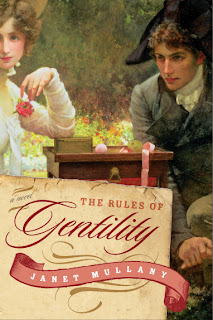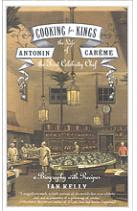.jpg)
Okay, I admit it. This is an excuse to show you the cover for my HarperCollins release (October, 2007) which is so awesomely beautiful I cannot keep it to myself. This is the book whose title has changed more times than my hair color. The last time I blogged about this, we were still in the throes of finding a title (not too romance-y! Not too funny!), and now progress is being made.
Meanwhile, I’m about to start revisions on the book by The Other Person, Forbidden Shores, and life being the funny old thing it is, in this one I’m being told to make it more romance-y, since it’s coming out (also in October) as a Signet Eclipse. I am, however, allowed to keep the heaps of writhing sweaty bodies this book is all about.
Moving on from stuff about me–me–me, here’s something interesting. There are specific areas of the brain related to reading, speech, and writing, Exner’s Writing Area and Broca’s Expressive Speech Area in the left frontal lobe, and Wernicke’s receptive speech area in the left temporal lobe. (I’m giving you the locations to impress you, not to encourage digging around in someone’s head, by the way.) They’re the bits of the brain that don’t function properly when someone suffers from agraphia, the inability to write and spell. I discovered this in research I was doing for work as part of a new book, The Elements of Internet Style: The New Rules of Creating Valuable Content for Today’s Readers. Sign up here if you’d like to receive more information on the book (scroll down to the bottom left of the screen). And the question all this raised was what were these bits of the brain doing before humans spoke, or wrote? Did they merely lie dormant until someone picked up a piece of charcoal and thought, Hmm, better let Ig know about that big herd of buffalo I saw down by the lake?
And does this mean there are other parts of the brain ready to spring into action? I wonder what those would be. The driving while gabbing on a cell phone area is extraordinarily primitive and should be surgically removed on those who attempt it. Teenagers have a new area for IM-ing friends while talking to another friend on a cell phone, watching American Idol with the sound turned down, and doing homework. The area for making sure your feathered headdress doesn’t catch on fire while not worrying too much about whether the skirt of your gown will fall off after your maid hastily re-fashioned it and whether the gentleman you are waltzing with is holding you far too closely is a part of the brain rarely used nowadays.
Any new or old brain areas you’d like to invent?




















